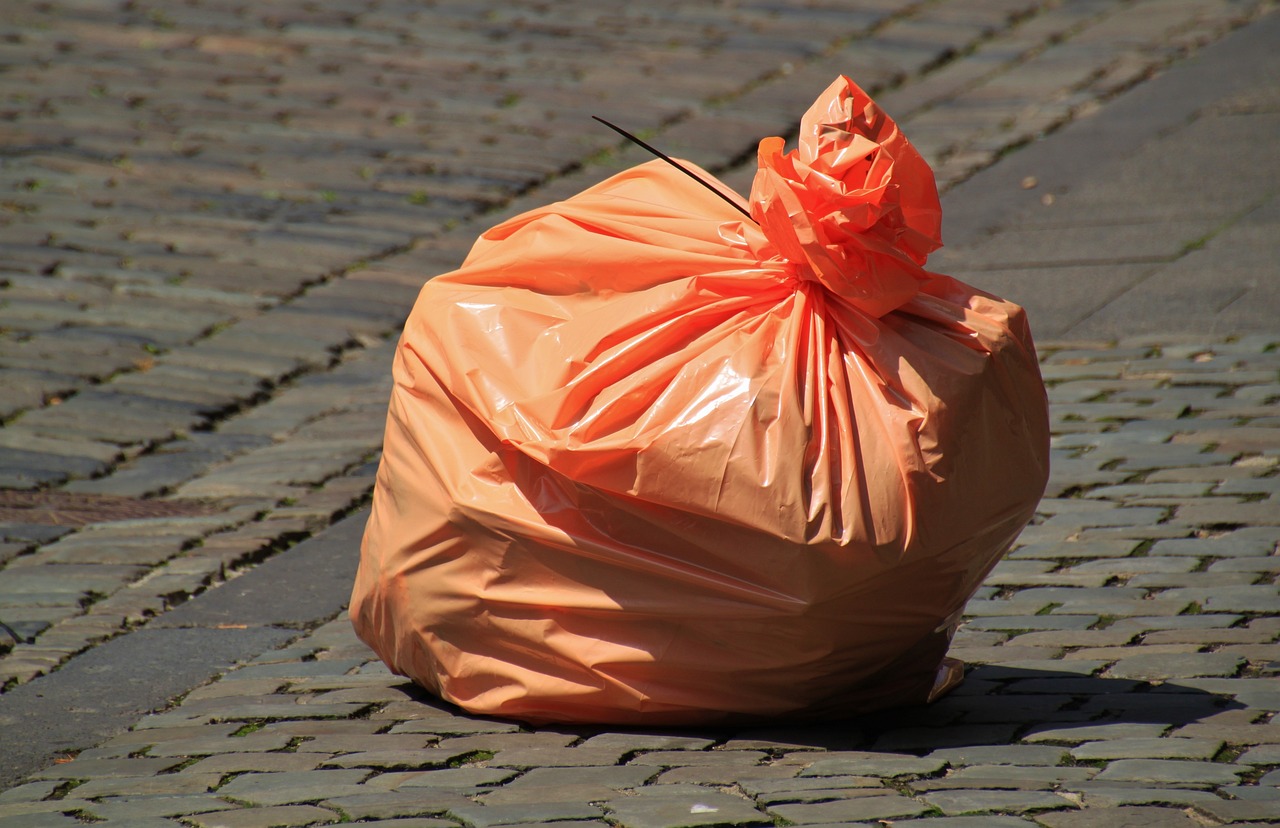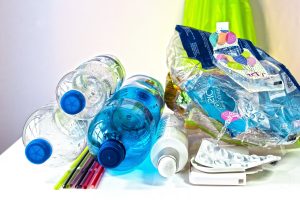Australia has fought a long and hard battle against plastic rubbish. It is no secret that the problem has been the worst in coastal areas. The current blog post aims to give you a detailed overview of the situation and inform you about the possible ways to resolve it. You will also receive valuable information about how you personally can become a part of the solution.
Australian Plastic Beach Rubbish: How Bad Is It?
A recent study of Australian beach littering concluded that 84 % of rubbish along the continent’s coastline is plastic. This result is scary but quite realistic. For the record, the study is the outcome of tracking ten years of clean-up activities by more than 150,000 Aussie scientists.
The study came out in February 2022 in the reputable journal Science of the Total Environment. The initiative was launched in 2004 by the non-profit organization Tangaroa Blue Foundation. The research process involved the documentation and analysis of 20+ million rubbish items. The latter were collected in beach clean-up initiatives across Australia since 2004.
Another interesting finding of the Australian Marine Debris Initiative, which is the project’s official name, is that 48 % of marine debris comes from onshore litter. In contrast, only 7 % of marine garbage originated from dumping in the sea. Australia’s east coast was found to be the most polluted.
More about the Australian Marine Debris Initiative
Before we proceed to the next section, let us just say that the Australian Marine Debris Initiative involved volunteers from more than 2,000 organizations. The participants cleared rubbish from the beaches and sorted it into several categories.
The organizations that joined the Australian Marine Debris Initiative included big, celebrated names and smaller, local structures. Eventually, the unified method turned out to be efficient and led to an improved, more organized approach to the analysis.
The study’s lead author is Jordan Gacutan, a PhD candidate at the University of New South Wales Science’s Centre for Marine Science and Innovation. His co-author is the Dean of UNSW Science, Professor Emma Johnston.
Who Is the Tangaroa Blue Foundation?
The Tangaroa Blue Foundation is an Australian charity, which is accredited by the United Nations Environment Programme (UNEP). It focuses on preserving a clean and healthy marine environment.
The Tangaroa Blue Foundation is the coordinator of the Australian Marine Debris Initiative. As such, it invites multiple stakeholders, such as individuals, organizations, and communities across the continent to unite and prevent pollution.
The Foundation supports all participants in the process by providing them with clean-up materials, logistics, educational resources, training, and more. The Tangaroa Blue Foundation is also an active member of the Global Partnership on Marine Litter. The latter is among the most influential networks to combat marine debris.
How Do We Fight Plastic Littering across Australia’s Beaches
In view of the dire situation described above, Australia has taken serious steps to improve the situation. Many of the measures have proved successful in the long run, and the country has managed to cut down plastic litter by 29 % in six years.
Let us find out how that was made possible. To begin with, the federal government launched the National Plastic Plan. Among other things, it aims to make all packaging produced in Australia reusable, recyclable, or compostable by the year 2025.
In addition, the continent is the home of the Clean Up Australia initiative, which also went global decades ago. It is one of the top-recognized projects to keep the environment clean. If you want to find out more about this initiative, check out the video below:
The Australian government is also very keen to advance the mission of eliminating plastic litter across the coastline and throughout the entire country as well. The Department of Climate Change, Energy, the Environment, and Water is very active in this endeavour. In addition, it allows for multiple other initiatives to preserve the environment. Some of the key strategies and programs include:
- National Climate Resilience and Adaptation Strategy
- Australia’s Strategy for Nature
- National Landcare Program
- Threatened Species Strategy
- Threatened Species Action Plan
- Reef 2050 Long-Term Sustainability Plan
- Reef Restoration and Adaptation Program
- RRAP Research and Development Program
- Bushfire recovery for wildlife and their habitat
- National Soil Strategy
- Future Drought Fund
- Oceans Leadership Package
- Nature-based solutions
- Blue Carbon Conservation, Restoration and Accounting Program
- National Environment Science Program (NESP)
- Murray-Darling Basin Plan
- Torres Strait Climate Centre of Excellence
- Indigenous Ranger Programs
Going Cross-border
Lastly, Australia is not alone in the effort to preserve a healthy environment and reduce coastal littering. For instance, The Ocean Cleanup, founded in 2013 by Dutch inventor Boyan Slat, has identified two major garbage patches near the shores of Australia and is working to address the issues there.


